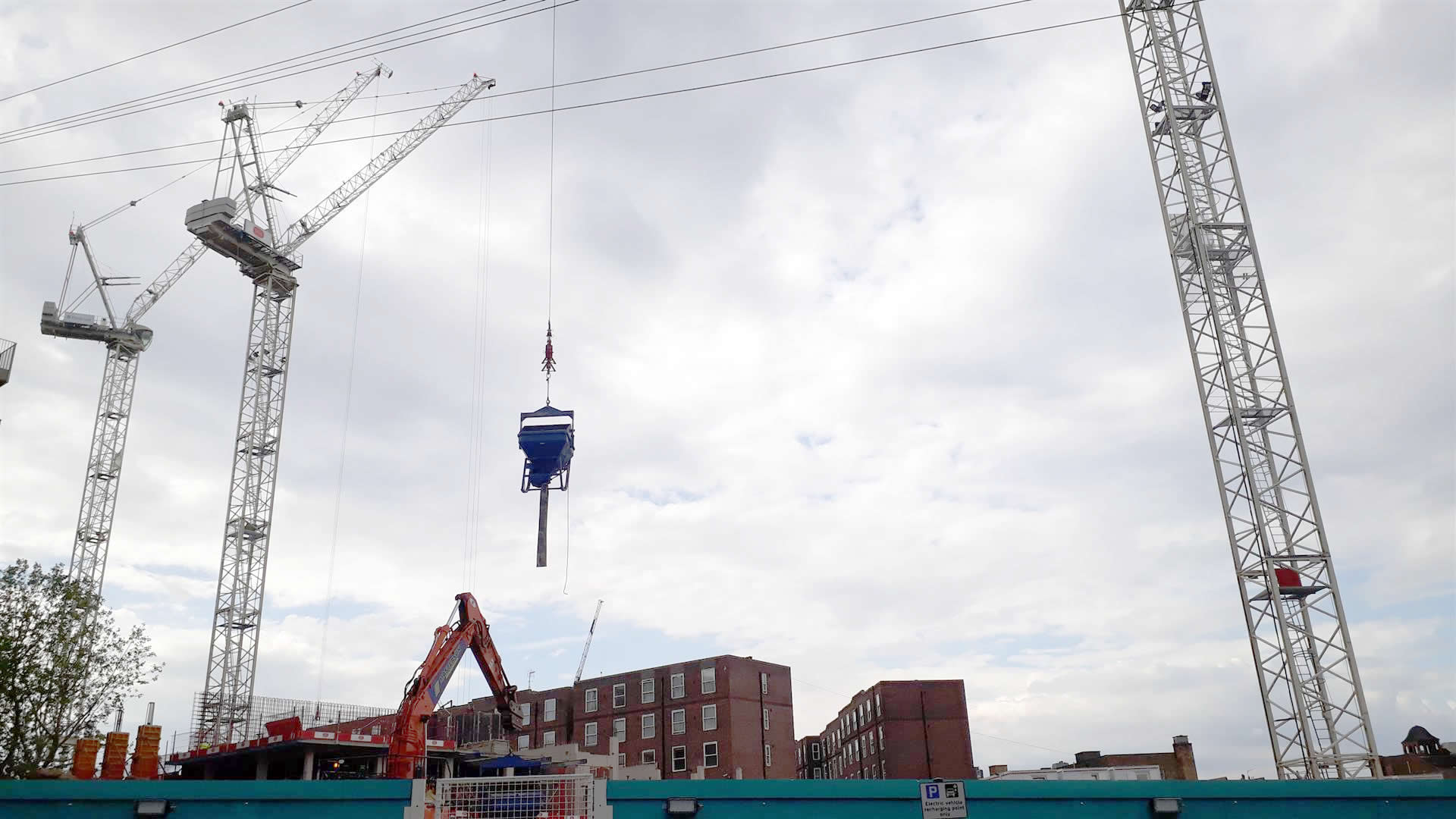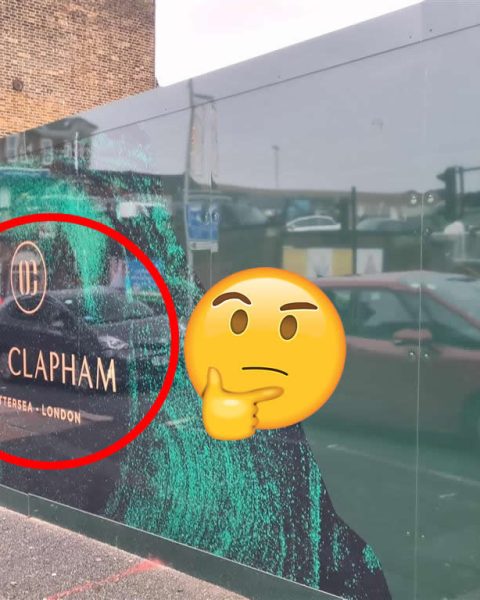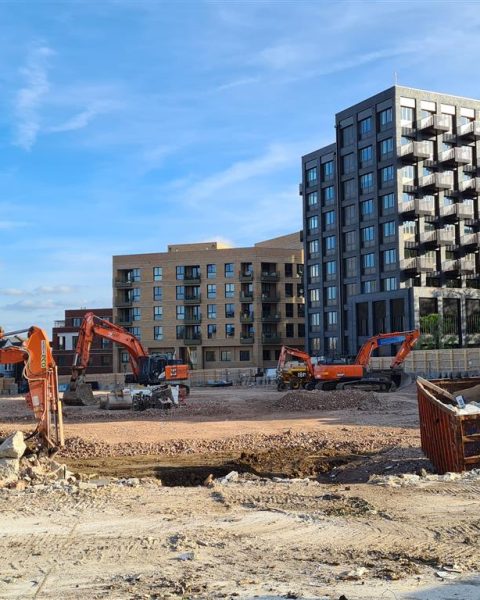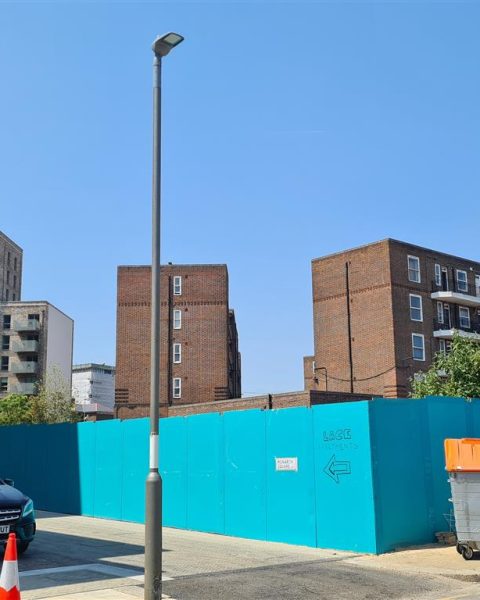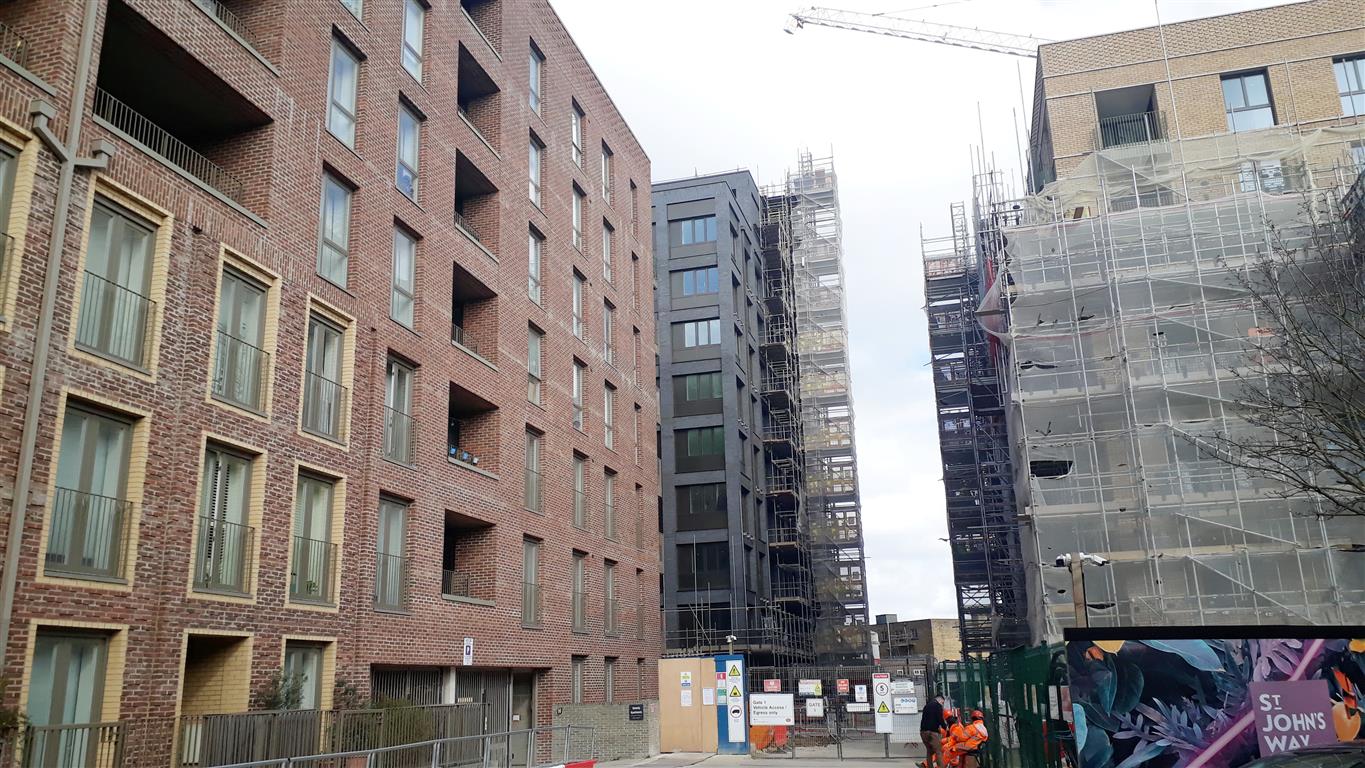“At the start of it there were a lot of mini earthquakes. Now it seems like there are tiles shifting and cracks appearing“. Hence started the email from one of the local resident in Comyn Road. Another one said “I am fed up with my house shaking whilst I am trying to work“.
Peabody is currently working on phase 2 of their “controversial” redevelopment project on St John’s Hill (started 8 years ago… and with a completion date in 2025, i.e. 13 years after their project was approved). The current construction phase should include buildings along Comyn road as well as the extra-care units in the middle of the future estate.
Cracks, constant vibration and “mini” earthquakes
Several local residents have complained to Sisk, the construction management company, about the damage caused by excavations for phase 2. One Comyn road residents said:
“The vibrations from phase 1 and also the phase 2 vibrations are an awful lot for a Victorian house. I have been in earthquakes in Japan and Taiwan and there’s not a lot of difference in the experience, except the SISK vibrations are most days.”
 Indeed some cracks have now appeared since the construction work started again at the beginning of 2020.
Indeed some cracks have now appeared since the construction work started again at the beginning of 2020.
According to correspondence that we received, Sisk is currently denying any wrongdoing:
“We can confirm that we continuously review our construction works on the project, and that our works are being carried out within the parameters set.”
The Community Liaison Officer for Sisk confirmed that “the limits to which we are monitoring site vibration against are consented by Wandsworth Council in our Section 61 agreement“.
Sisk explained that the majority of the readings are below 1, which is considered a green value. When readings go over 1, the team get a notification and investigate and manage any work that is causing this. The upper limit is 10 which has been agreed with the Environmental Enforcement Team at Wandsworth Council.
However they consented to speak “with [their] machine drivers working in the area, to ensure they minimise the impact of their activities wherever possible.“
Sisk set alert of vibration to double the official Environmental Statement guidance
We contacted Sisk for additional information. They reiterated that they “have carefully considered the way that we are building Phase 2, with the surrounding community at the forefront of our minds“. They explained that they monitor vibrations in two locations on the site boundary:
“The devices provide the site team with ‘live’ alerts if levels reach red levels, which is 10mm/s. This level has been agreed by Wandsworth Council, and is set conservatively low at half the onset of cosmetic damage for unreinforced or light-weight framed structures.”
Ground vibration is measured in terms of Peak Particle Velocity (PPV) with units in mm/s or mm/s-1, and this is very well explained in this detailed article. According to their article, typical values of ground vibration PPV associated with vehicles passing over traffic calming road humps are in the range of 0.1 to 2 mm/s. But while they acknowledge that in general, magnitudes of ground vibrations that are considered to be able to cause structural damage to buildings are above 15 mm/s, they also say:
“You will often see limits of 10 mm/s which is a level likely to cause complaints and is close to the level of potential cosmetic damage in lightweight structures.”
The original vibration assessment criteria within the Environmental Statement were based on guidance contained in report BS 5228: Part 4: 1992 ‘Code of practice for noise and vibration control applicable to piling operations’. Based on documents we have consulted, they are actually at double the level set to cause structural damage to the type of residential structure you will find in Comyn Road (i.e. Victorian Terrace more than 100 years old, likely to have fragile structure/significant defects).
Vibration Limits Relating to Minor or Cosmetic Damage to Buildings:
- Intermittent Vibration (PPV, mms-1) = 5
- Continuous Vibration (PPV, mms-1) = 2.5
It is only in the case of new constructions/industrial buildings that PPV is set at 20mms (with therefore 10mms being half way). The company Vibration Monitoring Services Limited confirmed to us that for a site surrounded by Victorian properties (listed buildings and old buildings), they would normally set the levels at 3 to 5mms.
In addition, BS 5228 – 2 provides the following guidance on effects:
- At a vibration level of 0.14mm/s vibration might be just perceptible in the most sensitive situations for most vibration frequencies associated with construction;
- At a vibration level of 0.3mm/s vibration “might be just perceptible in residential environments”;
- At a vibration level of 1.0mm/s “It is likely that vibration of this level in residential environments will cause complaint, but can be tolerated if prior warning and explanation has been given to residents”; and,
- At a vibration level of 10mm/s vibration “is likely to be intolerable for any more than a very brief exposure to this level”
Therefore, Sisk is actually misleading the public saying that this is conservatively low, and lying when considering their statement of “half the onset of cosmetic damage” for surrounding properties.
Sisk is suggesting the properties affected by their work to pay for their own survey!
As a homeowner, you might have done some work to your property, which involves party wall. In that case, it is likely that you had to pay for all costs associated to the survey that your neighbours would have like to carry. That work is meant to record that party wall and neighbouring property structure before you start the work, and any damaged such as cracks will have to be covered by your builder insurance. A crack on the property might occur the builders having to empty the full property, consolidate and then re-decorate everything without any expense paid be the affected owner.
However in the case of Peabody, Sisk did not carry out any proper preliminary survey (they told us that “at the start of this phase of the project, [they] conducted photo surveys on a few properties, for resident’s peace of mind“) and is now suggesting that homes affected should pay for their own survey (“you may like to consult a structural engineer or your insurer for peace of mind” they said).
In any case, the rule is that they should have had a proper party wall agreement with any property within 6m from the building site, and take particular insurance with buildings further away but still in the range of being affected by the construction. despite claiming that “unprecedented times […] means that we are not able to enter resident properties at this time“, they have to action urgent inspection and schedule reparation for any complaint asserting legitimate damage (either decorative or worse, structural) that they receive.
Unfortunately, this could be an additional chapter in the already very damaged relationship with Peabody, once seen as a proud provider of social homes, now considered by many in the area of Clapham Junction as a ruthless developer forcing plans opposed by local residents.
Update 22/06/2020: We have tried to contact Craig Raybould, manager for the Enforcement team at Wandsworth Council, by phone, but did not get any response.


